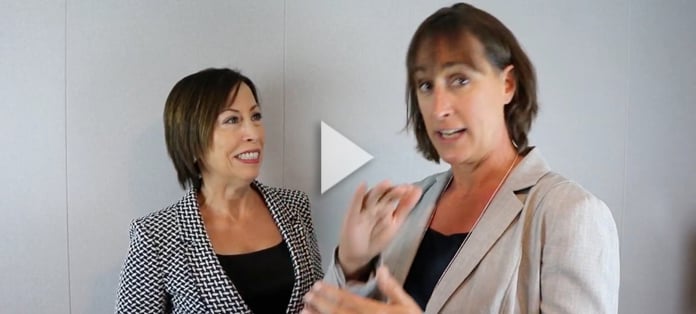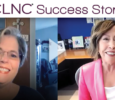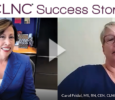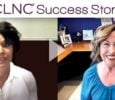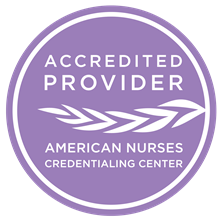Vickie: This is Susan Schaab, Certified Legal Nurse Consultant. I asked Susan if she would talk with us today about mass tort legal nurse consultant jobs. Susan, I know you’ve been involved in both medical device and pharmaceutical mass torts. First, let’s talk about what we mean by mass torts.
Susan: Mass tort is different than class action. Sometimes they get lumped in together, but class action is really multiple plaintiffs in one single case. Mass torts are individual tort cases that are then brought together because if they were tried individually it would just overwhelm the entire system.
Vickie: Right. They are “en masse” so it’s not a single medical malpractice case.
Susan: Each case stands on its own merit.
Vickie: Yes, it’s the kind of case a Certified Legal Nurse Consultant needs to be prepared to be focused on hundreds, or even thousands, of legal nurse consultant jobs. I know you’ve done both devices and pharmaceuticals. And with devices, you’ve done vaginal mesh cases. Tell us a little bit about how you interface with these cases on behalf of the attorneys.
Susan: I was fortunate to come in on one of the smaller companies with vaginal mesh and helped work with the attorneys to develop the patient profile which looks at when the mesh was implanted, who implanted it, what the issues around it were (erosion, pain, suffering, loss of consortium) and then how the problems were addressed, such as whether there was any surgical procedure or if it was just watch and follow-up.
Vickie: While every medical malpractice case, or personal injury case, is unique, what I’m hearing from you is that when we’re involved in mass tort legal nurse consultant jobs (and this is important for people to understand) there’s a template that they’re working with and you call that the “patient profile.”
Susan: Yes.
Vickie: There’s a template. As a consultant, you’re going in and you are looking for very specific elements, occurrences and variances and signs and symptoms. I think that it’s important that you can be involved in helping to create that template of what they have to look for.
Susan: And when you’re screening the records too, it’s important because each case is individual and stands on its own merit. Sometimes the screening of these cases can be done quickly and in a shoddy fashion so that individuals who actually have significant damages are lost in the shuffle. That case will settle for a much smaller amount than if the actual damages are correctly ascertained and brought to the attorney’s attention. And then that case can either be tried individually or it will settle for a much greater amount.
Vickie: Likewise, it’s important for people to understand, if you are working on hundreds or thousands of cases the attorney might not want you to spend 50 or 70 hours on a single plaintiff. It’s a different kind of interaction.
Susan: I have spent as little as half an hour on one whole medical record because the screening is different. If you’re looking for a surgical intervention that was done to correct the vaginal mesh, you’re screening 6,000 pages in an hour looking for the operative note and knowing exactly what to look for. It is short time frame specific. It’s almost more like data mining in some of the cases.
Vickie: And that’s why that patient profile template is so important, because you really do know exactly what you have to get in there and get focused on.
Susan: And that’s what you want to market to the attorney.
Vickie: I know you’ve also worked on some pharmaceutical mass torts. How is that different?
Susan: That requires a lot more analysis. The pharmaceutical case that I worked, I was on the defense side, which was a lot of fun because the injuries are usually related to the black box warning. But we all know that medications work together and have adverse effects depending on what the patient is taking, all their other medications and what their medical background is. Those pharmaceutical cases actually, on the defense side, you can knock a bunch of them out just by providing very detailed, extensive reports.
Vickie: When you say “knock them out” you mean get the plaintiff to drop the case, right?
Susan: Yes!
Vickie: Okay, I just wanted to make sure people listening know what you mean by that. Alright, give us a tip or two, when working on mass tort legal nurse consultant jobs that you think over the years, in your own involvement in mass torts cases, that you’ve kind of learned that are important for anybody who’s going to get involved in these cases.
Susan: You need to understand where and what phase the case is in. If you’re getting involved in very cutting-edge litigation that’s coming up, like the CLNC® consultant I talked to who is interested in issues coming up with perfusion equipment. That is just starting. She knew more about it than I did because she had been getting the information from work, and then she was going to seek out attorneys involved in this litigation. That’s a very early phase. Then there’s the phase where you can come on while they’re trying what they call the “bellwether” cases which is putting forward example cases to see what the verdicts can be. The plaintiff usually loses those first few cases. And then they start winning. And then they start winning big. Once they start winning big, that’s when it goes more into the mature phase where it’s just a scramble to find as many of these injured clients as you possibly can. The emergent phase would be extremely interesting because if you can bring to the attention of these attorneys that this is an issue that you’ve noticed based on FDA data and some other information, they can get a big jump on it.
Vickie: At the beginning you can help them to set the stage and really develop strategically where they’re going to go with these legal nurse consultant jobs. Whereas, if you’re coming in more on the back end of it you’re probably going to be working more on behalf of what they’ve already defined as their objectives. And, as you suggested to me earlier, sometimes they might be a little off-track. So it’s better if you’re brought in on the early stage.
Susan: On the early stage it’s wonderful because you don’t need to locate an expert because there is only one expert who is addressing causation issues in these cases. So that person is already working with the law firms on both sides. What you are doing in the earlier stages of the litigation is just really helping form the whole analysis and legal strategy that goes with that. People get excited about the thousands of cases that come in later on. It’s very quick. You’re extracting specific information that is already kind of set in stone by the motion process and everything between defense and plaintiff and the judge. So there’s nothing truly unique that you can find, unless you find damages that actually will move the person to a higher level on the settlement grid.
Vickie: Susan, thank you so much for sharing this information on mass torts.
Success Is Yours!
P.S. Comment and share your own experiences with mass tort cases.
